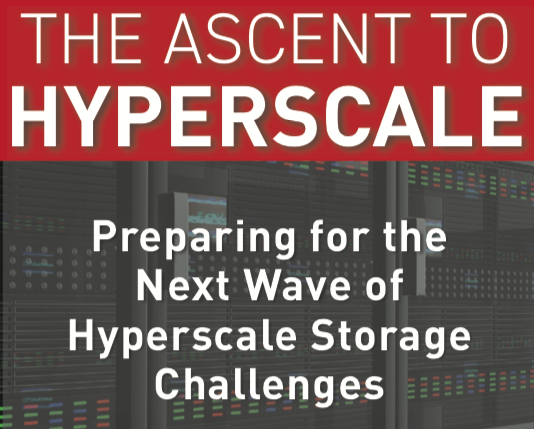The Ascent to Hyperscale

Part 1: What Are Hyperscale Data Centers?
Hyperscale data centers have spread across the globe to meet unprecedented data storage requirements. In this three-part blog series, we take a look at how the industry is preparing for the next wave of hyperscale storage challenges.
The term “hyper” means extreme or excess. While there isn’t a single, comprehensive definition for HSDCs, they are significantly larger facilities than a typical enterprise data center. The Synergy Research Group Report indicated there were 390 hyperscale data centersworldwideattheendof2017. An overwhelming majority of those facilities, 44%are in the US with China being a distant second with 8%. Currently the world’s largest data center facility has 1.1 million square feet. To put this into perspective the standard size for a professional soccer field is 60,000 square feet, the equivalent to about 18.3 soccer fields. Imagine needing binoculars to look out over an endless array of computer equipment in a single facility. Imagine paying the energy bill!
Hyperscale refers to a computer architecture that massively scales compute power, memory, a high-speed networking infrastructure, and storage resources typically serving millions of users with relatively few applications. While most enterprises can rely on out-of- the-box infrastructures from vendors, hyperscale companies must personalize nearly every aspect of their environment. A HSDC architecture is typically made up of tens of thousands of small, inexpensive, commodity component servers or nodes, providing massive compute, storage and networking capabilities. HSDCs are implementing Artificial Intelligence (AI), and Machine Learning (ML) to help manage the load and are exploiting the storage hierarchy including heavy tape usage for backup, archive, active archive and disaster recovery applications.
In Part 2 of this series, we’ll take a look at the characteristics of the hyperscale data center. For more information on this topic, download our white paper: The Ascent to Hyperscale.

 By Floyd Christofferson,
By Floyd Christofferson,